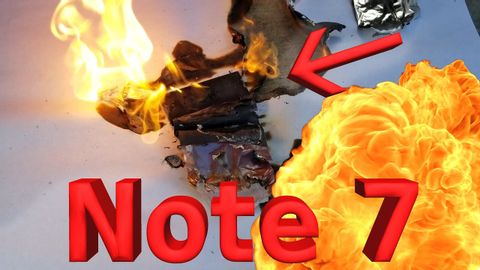
Subtitles & vocabulary
Note 7 Battery Explosion!! CAUGHT LIVE ON CAMERA!!
00
想你的我 posted on 2016/10/20Save
Video vocabulary
phone
US /foʊn/
・
UK /fəʊn/
- Verb (Transitive/Intransitive)
- To talk to someone using a telephone
- Noun
- Machine used to talk to someone who is far away
A2TOEIC
More board
US /bɔrd, bord/
・
UK /bɔ:d/
- Noun (Countable/Uncountable)
- Surface for posting or showing information
- Group of persons who direct an organization
- Verb (Transitive/Intransitive)
- To enter a ship, plane, or other vehicle
- To pay money to live in someone's house; lodge
A1TOEIC
More sit
US /sɪt/
・
UK /sɪt/
- Verb (Transitive/Intransitive)
- To take an exam
- To be in a resting position on a chair
A1
More safe
US /sef/
・
UK /seɪf/
- Adjective
- Highly likely
- Being out of danger
- Countable Noun
- Metal box with a lock to keep valuable things in
A2
More Use Energy
Unlock All Vocabulary
Unlock pronunciation, explanations, and filters
